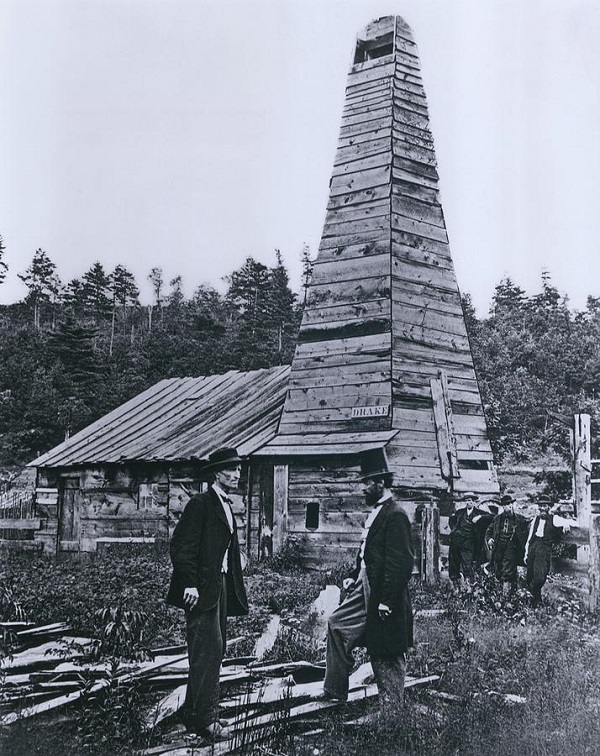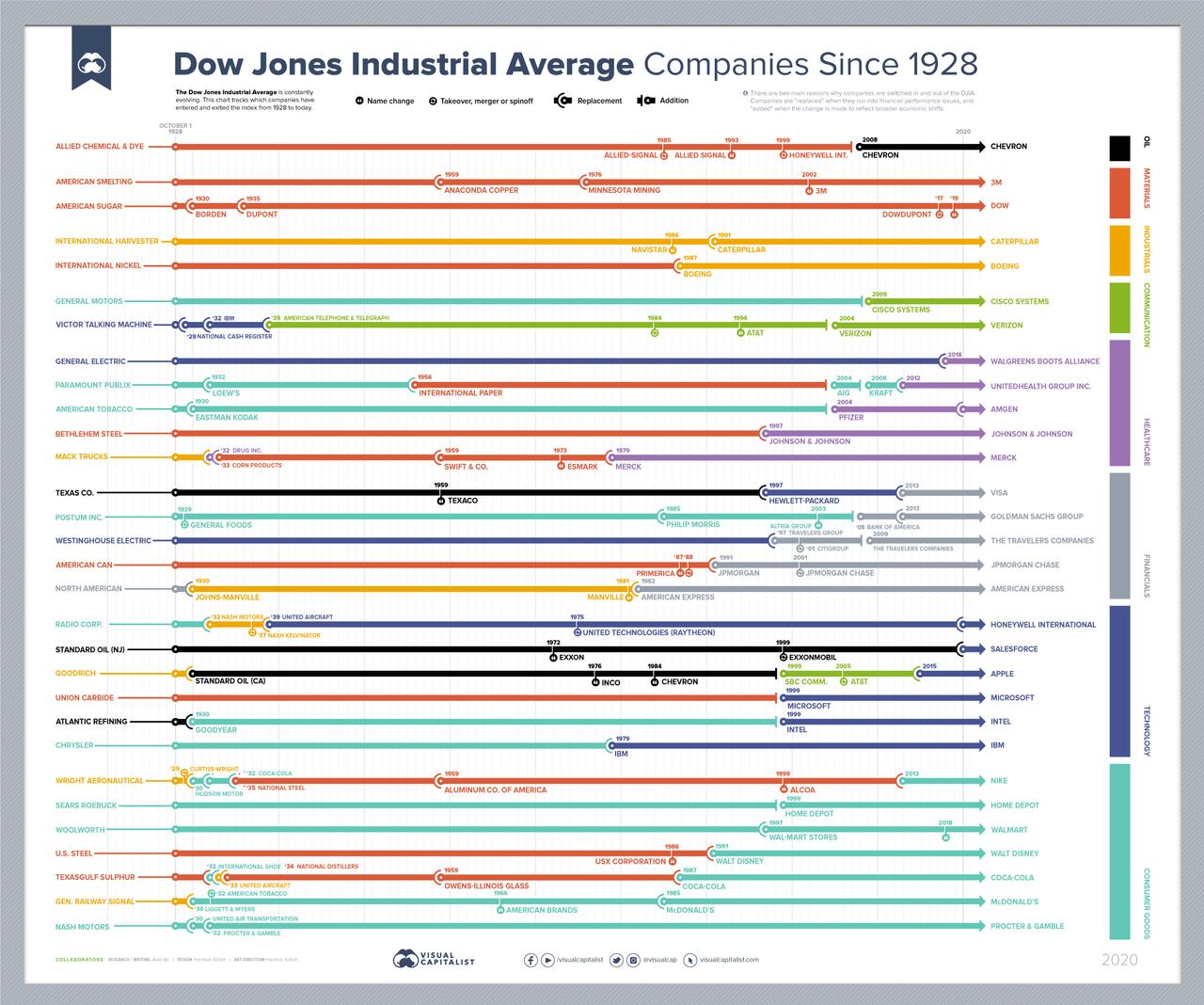History
March 4, 2021
Back to the Future: The U.S. Chemical Industry Started in Appalachia
Texas “Deep Freeze” Opens the Door for Appalachian Basin Investment
Tuesday, March 2nd 2021, 8:13 AM ESTS
PENN VALLEY, PA, U.S., March 2, 2021 /EINPresswire.com/ — The physical and mental misery throughout Texas due to the “Big Freeze” plus snow, and the attendant spike in energy prices nationwide is not yet over.
Well-below freezing temperatures and snow did much more than freeze pipelines, ice over wind turbines and cover solar panels.
Much of the U.S. petrochemical industry is centered along the Gulf Coast and, like their refinery cousins, petchem complexes were shut down, froze up, lost power, etc.
While several petchem giants have announced the restart of their facilities, a few factors have converged which could make returning to production impossible.
“The impact of the COVID pandemic, last summer’s very active hurricane season and now the Big Freeze have combined and will lead to a big shock for consumers,” according to Tom Gellrich, founder of TopLine Analytics.
The shock will be due to shortages, Gellrich said, as many of the plastic types we take for granted, used for such everyday things as milk jugs, hydrogen peroxide, even the numerous volume of plastic incorporated in today’s vehicles, could be in short supply.
Gellrich will further explain how the Texas Big Freeze could open the door to increased petchem investment in the Appalachian Basin at the Second Annual Appalachian Basin Real Estate Conference.
Presented by Shale Directories, the one-day program is slated for March 25, at the Oglebay Resort in Wheeling, West Virginia.
“Tom’s presentation will vividly demonstrate the petrochemical opportunity in the Appalachian Basin is now,” commented Joe Barone, President & Founder, Shale Directories.
Gellrich said the need for plastics related to treating COVID for such things as personal protective equipment (PPE), and hurricane-related flooding which shut petchem plants, led to a sharp drawdown in inventory.
“And now, you have the Big Freeze, which further strains inventories,” Gellrich said.
For chemical producers restarting their complexes, Gellrich said the time needed to do a restart is three weeks minimum, as all equipment must be pulled apart and inspected.
“Employees will need to work overtime, and more outside contractors will be needed to do the job,” he said. And keep in mind, many of these workers have their owns problems at home, with broken pipes, no electricity, etc., which also must be addressed.”
If plant components must be replaced, Gellrich said needed components may not be available. “Every part of the supply chain is so connected today that if one piece of equipment must be replaced, there is a ripple effect throughout the entire chain,” according to Gellrich.
“We might be three months out before things are back to normal.”
The hardships caused by COVID, hurricanes and the Texas Big Freeze are forcing numerous companies, analysts and consultants to take a closer look at supply chains, bringing more chain components back to the U.S. from China and other overseas venues.
“Some companies will look at other locations other than the Gulf Coast to establish petrochemical facilities,” said Gellrich.
The logical region to serve as the U.S.’s Petrochemical Hub No. 2 would be the Appalachian Basin, as it offers inexpensive natural gas for fuel/feedstock and is located within 700 miles of numerous plastic products wholesalers and customers.
Joseph Barone
Shale Directories
+1 610-764-1232
jbarone@shaledirectories.com
First Oil Discoveries
A Pennsylvania oil well in 1859 fueled kerosene lamps. A 1901 gusher in Texas would fuel autos.
The American Oil & Gas Historical Society frequently updates AOGHS.ORG content with new articles as part of its energy education mission. The society maintains a communication network of petroleum museums, teacher workshop programs, county historical societies, and similar organizations.
Edwin Drake, right, stands with friend Peter Wilson of Titusville, Pennsylvania, at the drilling site – but not the original cable-tool derrick – of America’s first oil well. Photo courtesy Drake Well Museum.
To help preserve U.S. petroleum history, the society documents exploration, production, and transportation milestones. It also tells the many stories of generations of “oil patch” families. Contact the society with your suggestions for articles, comments – and much-needed financial support.
Birth of the U.S. Oil and Natural Gas Industry
The domestic petroleum industry that began in 1859 with a well drilled just 69.5 feet deep forever changed America’s economy, standard of living, and culture. The earliest exploration companies began seeking oil for refining into a newly invented lamp fuel called kerosene. This “rock oil” fuel was cheaper than whale oil, and far safer than the more popular but explosive fuel, camphene.
As more states joined Pennsylvania in becoming “producing states,” the political landscape changed as fast as exploration technologies. Early energy issues included need for an infrastructure for producing, storing, and transporting oil and natural gas. As discoveries grew, the rush for “black gold” resulted in complex economic issues on a national scale, including wasteful over-production, sudden collapses of oil prices, questionable stock promotions, and frequent boom-and-bust cycles.
The industry also faced a major challenge just as the improved science of petroleum geology began finding mid-continent oilfields. Thomas Edison invented the first commercially practical incandescent light in 1879, threatening the oil industry’s principle product, kerosene. Demand would continue for other refined products (see vaseline and axle-grease). Fortunately for exploration and production companies, automobiles powered by an internal combustion engine required what had been a refinery byproduct: gasoline. The first U.S. auto show took place inside New York City’s Madison Square Garden in November 1900. Less than two months later, an oil gusher at Spindletop, Texas, launched the modern U.S. oil industry. The coming century would bring far greater challenges for petroleum and the world.
First American Oil Well
American oil history begins in a woodland valley along a creek in remote northwestern Pennsylvania. Today’s U.S. petroleum exploration and production industry is born on August 27, 1859, near Titusville when a well specifically drilled for oil finds it. A former railroad conductor drilled it for New Haven Connecticut investors. Even more early petroleum history came on the banks of Oil Creek: First Oil Well, First Oil Well Fire.
Spindletop launches Modern Petroleum Industry
The 1901 “Lucas Gusher” in Texas reveals the Spindletop oilfield, which will produce more oil in one day than the rest of the world’s oil fields combined. The Prophet of Spindletop – self-taught geologist Patillo Higgins – had founded the Gladys City Oil, Gas & Manufacturing Company in 1892 near Beaumont, Texas.
February 12, 2021
Why Mattress And Furniture Retailers Made Presidents’ Day A Big Day
Presidential Level Savings: Why Mattress And Furniture Retailers Made Presidents’ Day A Big Day
By John ShumwayFebruary 11, 2021 at 7:22 am

PITTSBURGH (KDKA) – The coming weekend is big, really big, king-size big, queen size, double size big, and twin size,
“IT’S THE PRESIDENT’S DAY MATTRESS SALE WEEKEND!!”
Say what?
Come on you have to have wondered what do presidents have to do with mattresses? (Other than you need a lot of dead presidents, and a Ben Franklin or two, to buy a new mattress.)
Well, it turns out the industry has a good explanation according to Robert Levin, of Levin Furniture.
“Years ago, August and February, were furniture months,” he explained. “For some reason, Presidents’ Day has become the hottest most important time to buy a mattress. The vendors are giving the biggest discounts, the retailers are promoting like crazy.”
The industry-focused on the slowest time of the year to give a spark to sales and Levin says they are offering some high-tech Apple incentives.
“Home Pod, an Apple 4K TV, the Apple Watch, and Apple earbuds with the charging case,” he said.
I guess you could argue you can use all those things in bed…makes more sense than a bank handing out toasters.
Levin says despite a potentially obvious connection, there is no relationship between President’s Day sales and Valentine’s Day.
“Well, that might be in the eye of the mattress beholder,” he added with a nod.
Mattresses are not exactly like the need to buy groceries, I mean how often do you need a new mattress?
“About every seven to eight years,” says Dr. Matt Flanagan who practices sports medicine and is a primary care doctor with Allegheny Health Network out of Canonsburg.
Dr. Flanagan says there is a direct connection between your mattress and your health.
“Overall sleep health is very critical to one’s overall health when it comes down to it,” Dr. Flanagan said.
So he says if you are sleeping on a lousy mattress…“there’s going to be multiple health repercussions from that. It can delay you in recovering from physical injury. It can lead to physical injury, leading to chronic neck and back problems even lead to chronic headaches and migraines.”
Firm or soft, that’s up to you but when your mattress is no longer recovering from the dent you make overnight it might be an indication for a change.
As for flipping your mattress…
“Probably 95% of the mattresses sold out in the United States are no flip mattresses, so you don’t need to do it,” Levin said.
If you have an older mattress rotating and flipping your mattress every six months may help.
By the way, the pandemic has been good for the furniture industry.
Levin says people aren’t traveling so they have money to spend on the homes where they have been forced to spend a lot of time.
“We felt that the pandemic would be a period where we would go into, you know some kind of recession and it would reduce demand,” he said.
Instead, the opposite has happened.
However, he says furniture manufacturers have been impacted so customers are having to wait longer for their deliveries.
Oh, and if you miss the President’s Day sales, don’t worry because before you know it Levin says there will be…
“Memorial Day, the Fourth of July, Labor Day, Black Friday is a big day, and the New Year’s event is a big event.”
December 6, 2020
A Trip Through NYC in 1911
October 12, 2020
Dow Jones Changes Over Time
September 9, 2020
Who Remembers Y2K?
Watch Computer Experts Discuss the Y2K Problem in 1999
BY Chris Higgins December 31, 2016

In the late 1990s, computer nerds (myself included) were up in arms about the Y2K problem. In brief, the issue was that many computer systems used six-digit dates (two digits each for day, month, and year), which meant that when the year 2000 hit, the system might read it as 1900. That could be a big problem.
Much money, time, and computer programming was necessary to fix the Y2K Problem, and for the most part, we survived just fine. But anyone using a computer in 1999 (especially for business) was pretty concerned about keeping things clean. In this 1999 episode of Computer Chronicles, host Stewart Cheifet goes deep on the Y2K bug. Exhibit A is Cheifet’s own credit card from Shell, which expires in the year “1000.” Oops.
In this episode, Cheifet and friends dig into a bunch of actual applications that are not Y2K-safe. Perhaps the biggest problem was with spreadsheets, which often included lots of dates and date math. In this episode, a Symantec rep comes along with a tool that reviews all your Windows apps for problems. A Microsoft rep shows some Wizards (oh, the 90s) to help with Excel problems.
Have a look, and think back to a time when we were thoroughly ready to flip out on New Year’s Eve:
There’s one other notable part of this episode—the demo of Audible (now Audible.com), around the 26-minute mark. At the time, Audible was a combination web service and hardware player (basically a proto-MP3 player with poor fidelity). The player cost $200, or $99 if you committed to buying a handful of books on tape, er, digital. Amazon eventually bought Audible in 2008.
